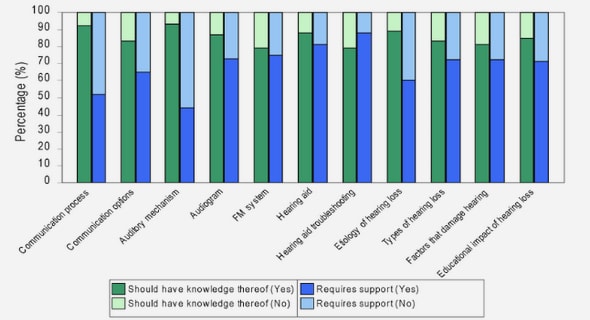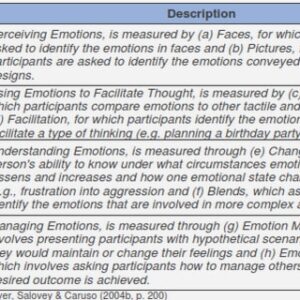(Downloads - 0)
For more info about our services contact : help@bestpfe.com
Table of contents
1 Recycling under environmental, climate and resource constraints
1.1 Introduction
1.2 Related literature
1.3 A basic optimal recycling model
1.3.1 Setup of the model
1.3.2 Central planner program and optimal conditions
1.3.3 Arbitration on resources use
1.3.4 Recovering waste
1.3.5 Dynamics of resource flows
1.4 Accounting for climate change impacts
1.4.1 Optimal program with greenhouse gas emissions
1.4.2 Relative scarcity of the stocks and budget
1.4.3 Arbitration on resources use
1.4.4 Dynamics of resource flows
1.5 Decentralization and policy implications
1.5.1 Equilibrium in the absence of a waste market
1.5.2 Existence of a waste market
1.6 Conclusion
Appendix
1.A Appendix
1.A.1 Scrap value for waste
1.A.2 Decoupling emissions of the recycling branch
1.A.3 Limiting the capacity of the recycling sector
2 Sectoral, resource and carbon impacts of increased paper and cardboard recycling
2.1 Introduction
2.1.1 Context and motivations
2.1.2 Related literature
2.2 Adding a paper recycling loop to a forest sector model
2.2.1 Modular structure of FFSM
2.2.2 Dynamics of pulp recycling
2.2.3 Calibration and simulations strategy
2.3 Impact of paper recycling on the carbon balance
2.3.1 Impacts on the pulp industry
2.3.2 Impacts on other forest products
2.3.3 Impacts on the forest resource
2.3.4 Global carbon impact on the forest sector
2.4 Conclusion
3 An assessment of the European regulation on battery recycling for electric vehicles
3.1 Introduction
3.2 Proposal of the European Commission
3.3 Qualitative Insights
3.4 Quantitative Analysis: Methods
3.4.1 Model
3.4.2 Data
3.5 Quantitative Analysis: Results
3.5.1 Evolution of RMD Ratios and Effect of Demand Growth
3.5.2 Effect of the Battery Lifespan
3.5.3 Effect of Technological Change
3.5.4 Effect of Recycling Efficiencies
3.6 Conclusion and Policy Implications
4 Recycling in a sustainable framework
4.1 Context and motivations
4.2 Recycling and sustainability
4.3 A maximin model of recycling
4.3.1 Setup of the model
4.3.2 Characterization of the maximin path
4.3.3 Hartwick rule and sustainability
4.4 Conclusion
General conclusion
Transversal and policy considerations
An holistic approach of recycling
Can recycling be bad?
Substitution and complementarity
Recycling and circular economy as a goal?
Future work
Recycling and sustainability accounting
Oligopolistic market structures for critical raw materials
Substituting virgin and recycled resources



